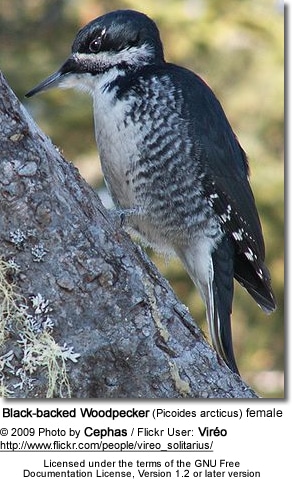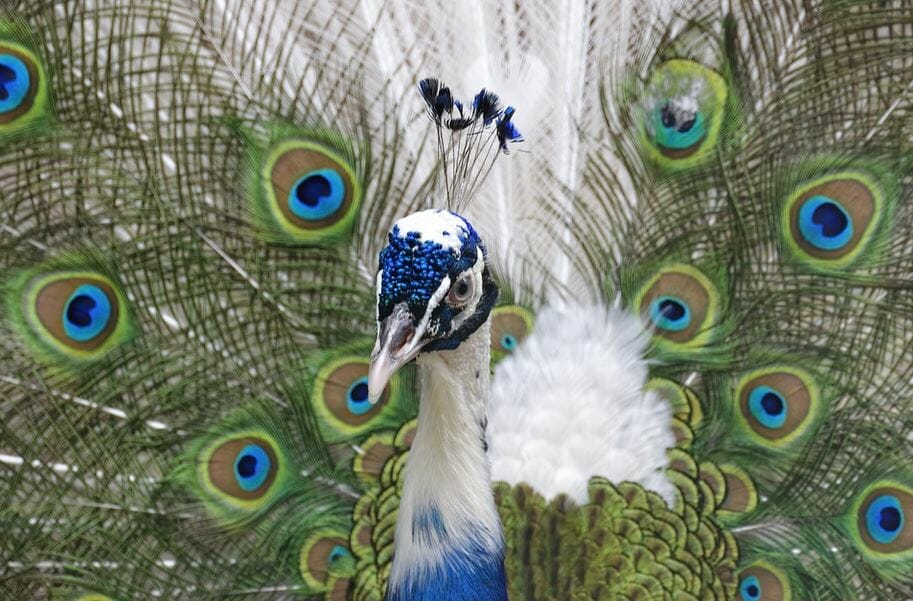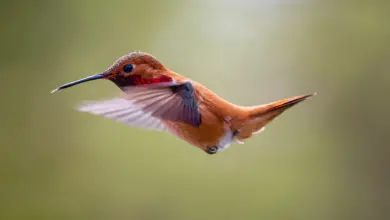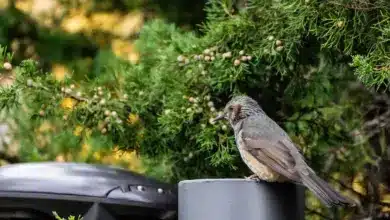Lawrence’s Goldfinch (Carduelis lawrencei)
The Lawrence’s Goldfinches (Carduelis lawrencei) are small songbirds found in southwestern North America.
Range / Distribution:
Both migratory and sedentary populations of Lawrence’s Goldfinches occur throughout their range.
Most will leave the northern, central, and inland southern parts of California in winter.
They may move into the coastal lowlands and into the lower parts of the southeastern California deserts. Others migrate eastward to the southern half of Arizona, southwestern New Mexico, and rarely to the area of El Paso, Texas (about the Madrean Sky Islands region).
Others move southeastward to northern Sonora and northwestern Chihuahua in Mexico.
Outside the breeding season, these birds may frequent open habitats, such as parks, residential gardens, or deserts.
Non-breeding often joins mixed-species foraging flocks of less than 50 birds. On occasion, as many as 500 of them have congregated at favorite feeding sites.
Description:
Size:
- Body length (including tail): 4.75 inches (12 cm)
- Average weight: 0.4 oz (11.5 g)
- Comparative size: Slightly larger than the Lesser Goldfinch and slightly smaller than the Goldfinch
Adults (common physical attributes):
- Grey plumage details -duller in winter and brighter after the spring molt (breeding plumage)
- Blacktail crossed by a white band
- Yellow chest and rumps
- Yellowish wing bars and yellow edges on the flight feathers
- Stubby, pink to greyish flesh-colored beak
Gender ID:
- Male: Paler plumage with larger areas of brighter yellow. Blackcap and face.
- Females: Browner plumage. Less and duller yellow plumage details. No black cap or face.
Juveniles:
Juveniles resemble females but have duller, streaked plumage
Nesting / Breeding:
Most nesting occurs from early spring to early to late summer.
The Lawrence’s Goldfinches nest in dry and open woods – often near brushy areas. Nests are typically within 1 mile (0.8 km) of bodies of water.
The loosely woven cup nest is constructed by the female alone and situated in the fork of trees (often mistletoe, Western Sycamore, oaks, etc.) – about 10 feet (3 m) up near the edge of the tree.
Males join small flocks while females are in the nest.
The female lays and incubates 3 to 6 white, blue, or green-tinged eggs for about 12 to 13 days to hatching. For the first four or five days after hatching, the female remains with the chicks and the male brings food to the nest to feed the female and the young. Later, the female will also gather food and help feed the chicks.
The young fledge when they are about 13 to 14 days old but remain with their parents for another 5 to 7 days.
Diet / Feeding
These finches mostly feed on the seeds of various plants, including:
- Annuals, strongly favoring the Common Fiddleneck or Rancher’s Fireweed (Amsinckia menziesii intermedia)
- Chamise or Greasewood (Adenostoma fasciculatum)
- Pigweeds or amaranths (Amaranthus)
- Inkweed (Suaeda moquinii)
At garden feeders, they are particularly fond of niger seed (Guizotia abyssinica).
They will also eat the berries of mistletoe (Phoradendron) and Coffeeberry or California Buckthorn (Rhamnus californica).
Calls / Vocalizations
- Contact calls: described as a nasal too-err, or sharp, high PIti and Itititi
- Flight calls: a high, clear ti-too or tink-ul (reminiscent of wind-chimes)
- Song: High-pitched notes including wind-chime notes and imitations of other species’ vocalizations
Further Finch Reading
- Finch Information
- Index of Finch Species
- Photos of the Different Finch Species for Identification
- Common Health Problems of Finches
- Finch / Canary Diet / Nutrition




